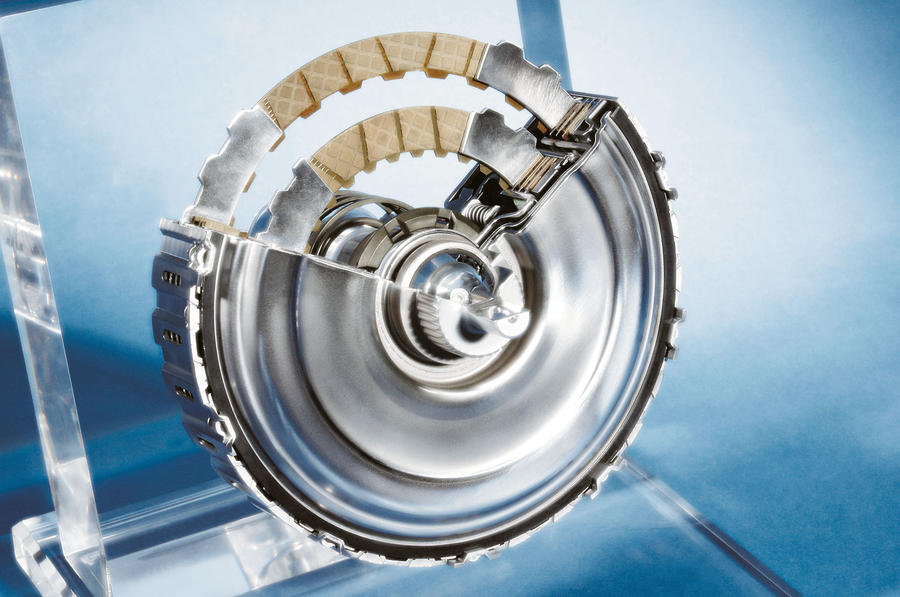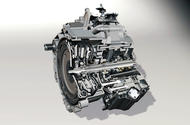Dual-clutch transmissions like Volkswagen’s seven-speed DSG are light, compact and efficient, saving fuel and reducing emissions
Entering the mainstream on the first Golf R32, dual-clutch transmissions combine the best bits of manual and auto ‘boxes
Dual-clutch transmissions (DCTs) hit the big time after Volkswagen first introduced one on the Golf R32 back in 2003.
To date, VW has made well over 26 million of its direct shift gearboxes (DSGs), and it’s not alone. The standard had previously always been the torque converter automatic (slush) gearbox and, on a few small cars, perhaps a teeth-grindingly awful continuously variable transmission (CVT).
DCTs are fun to use because they shift gear with no interruption of torque from the engine. In a conventional manual gearbox, de-clutching interrupts the torque to disengage each gear and engage the next. Torque is reinstated by closing the clutch again and opening the throttle.
In a DCT, each clutch is allocated to roughly half the gears. So, for instance, as first gear is engaged and driving through ‘clutch one’, second gear is pre-selected through ‘clutch two’, which stays open. When the driver selects second gear, clutch one opens and clutch two closes, taking up the drive simultaneously with no interruption of torque. And so on.
Software algorithms control things and try to predict the driver’s next move when pre-selecting the next gear. So if an upshift gear has been pre-selected and the driver decides to overtake and a downshift is needed, the gearbox will try to predict that.
VW may have been the first company to launch DCTs in big numbers with its DSG, but it wasn’t the first to get one running. Neither were Porsche or Audi with the deliciously named Porsche Doppelkupplungsgetriebe (PDK), which graced the 956 and 962 racing cars and Sport Quattro S1 rally car.
No, the first working prototype DCT was developed in Leamington Spa by Automotive Products in 1980 and called the hot-shift automatic gearbox. The concept may have been hampered by snail-pace electronics, but the name was excellent. Conventional torque converter gearboxes are not that well suited to small engines, and especially weren’t back then, when power consumption from a torque converter was relatively high – and that’s what prompted the idea.
In terms of basic layout, modern DCTs are similar to AP’s brilliant hot-shift design. It had one dry clutch and one wet (running in oil). VW’s first family of DCTs were wet clutch transmissions capable of handling up to 258lb ft torque. The clutch packs – developed by BorgWarner with the trademark DualTronic – are concentric (one inside the other) to save space and the clutches could be smaller thanks to the lubrication. VW launched the seven-speed DSG for compact cars in 2008. Because the torque capacity would be less at 184lb ft, the clutches were dry to reduce drag, but slightly larger in diameter with thicker friction linings to combat wear, and had a design life of 186,000 miles.
You’ve probably already figured out that the reason these mechatronic marvels happened at all is because they’re super-efficient, save fuel and reduce emissions. In theory, they should also deliver the ultimate driving experience, but maybe sometimes you just can’t beat a manual for thrills.
Wet behind the gears

The clutches in Volkswagen’s original six-speed DSG are ‘wet’, which means they run in oil to reduce wear. That means they can be smaller and concentric, packaged one inside the other in this neat unit.
Read more
Under the skin: the latest CVT gearbox technology
Under the skin: the technology behind torque vectoring
Source: Autocar
